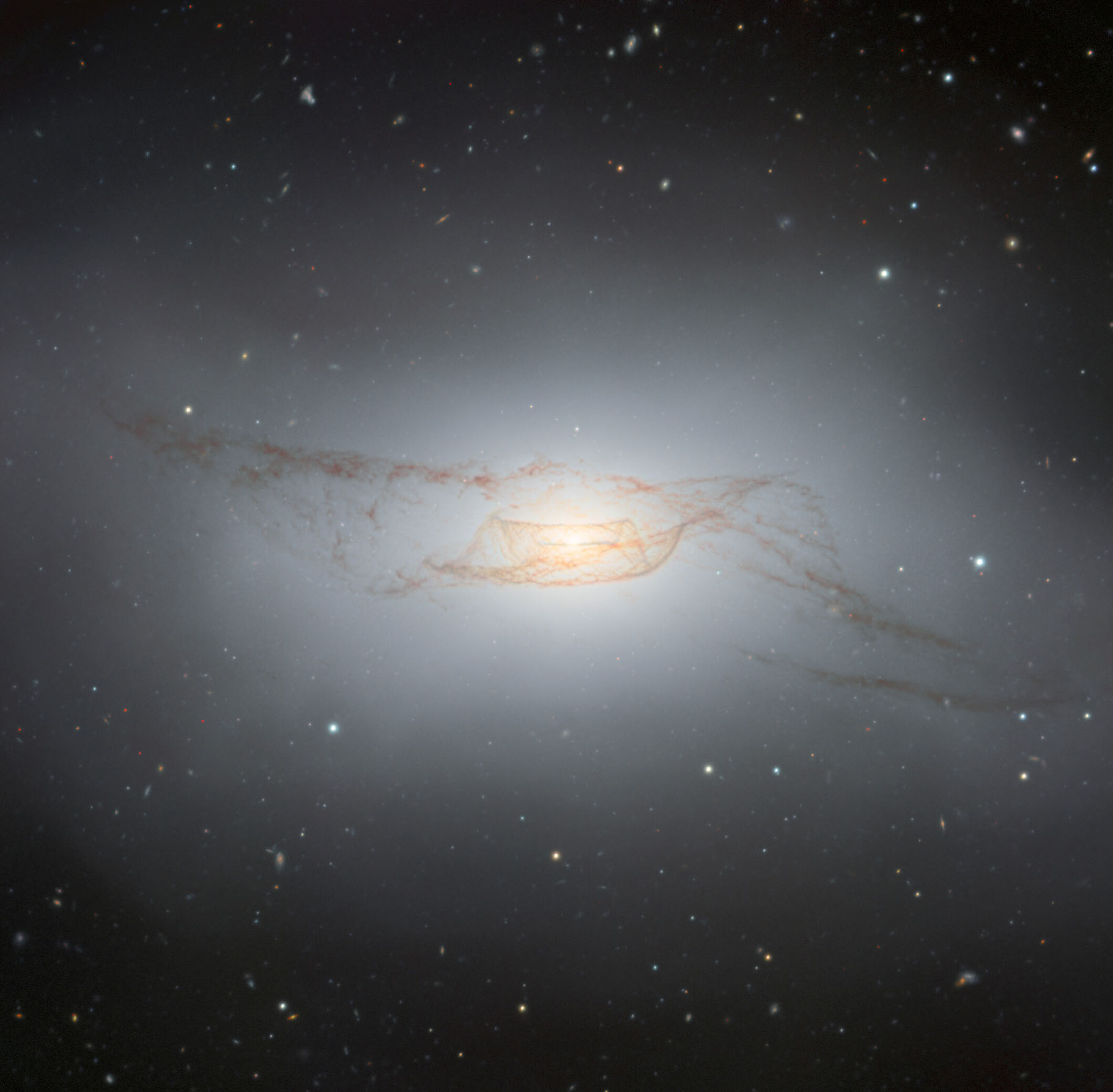Gemini South Captures Twisted Dusty Disk of NGC 4753, Showcasing the Aftermath of Past Merger

The lenticular galaxy NGC 4753, captured by the Gemini South telescope, one half of the International Gemini Observatory operated by NSF’s NOIRLab, is a truly remarkable object. Its prominent and complex network of dust lanes that twist around its galactic nucleus define its ‘peculiar’ classification and are the likely result of a galactic merger with a nearby dwarf galaxy about 1.3 billion years ago.
An astounding number of galaxies populate the observable Universe, with recent estimates placing that number anywhere from 100 billion to 2 trillion. And, akin to snowflakes, no two are exactly alike. But depending on their visual appearance and physical features they can be divided into four broad classes: elliptical, lenticular, irregularand spiral, with many subclasses in between. However, galaxies are dynamic objects that evolve over time as they interact with their surrounding environment, meaning that an individual galaxy may fall under multiple classifications throughout its lifetime.
Such is thought to be the case with NGC 4753, which astronomers hypothesize began as a normal lenticular galaxy but morphed into the more specific peculiar class after a merger with a nearby dwarf galaxy over a billion years ago.
Discovered by astronomer William Herschel in 1784, NGC 4753 displays some truly fascinating features. In this image captured by the Gemini South telescope, one half of the International Gemini Observatory operated by NSF’s NOIRLab, the galaxy’s intricate dust lanes are a sight to behold. NGC 4753 is located about 60 million light-years away in the constellation Virgo. It is a member of the NGC 4753 Group of galaxies within the Virgo II Cloud— a series of at least 100 galaxy clusters and individual galaxies stretching off the southern edge of the Virgo Supercluster.
NGC 4753’s distinct dust lanes, appearing to twist and turn around the galaxy’s nucleus, have long intrigued astronomers, and are the irregular features that give it its ‘peculiar’ classification. Seen nearly edge-on from Earth, this galaxy can appear rather mystifying. But in 1992 a team of astronomers led by Tom Steiman-Cameron, now a senior research scientist at Indiana University, published a detailed study of NGC 4753 in which they found that its complicated shape is likely the result of a merger with a small companion galaxy.
“Galaxies that gobble up another galaxy often look like train wrecks,” said Steiman-Cameron, ”and this is a train-wreck galaxy.”
